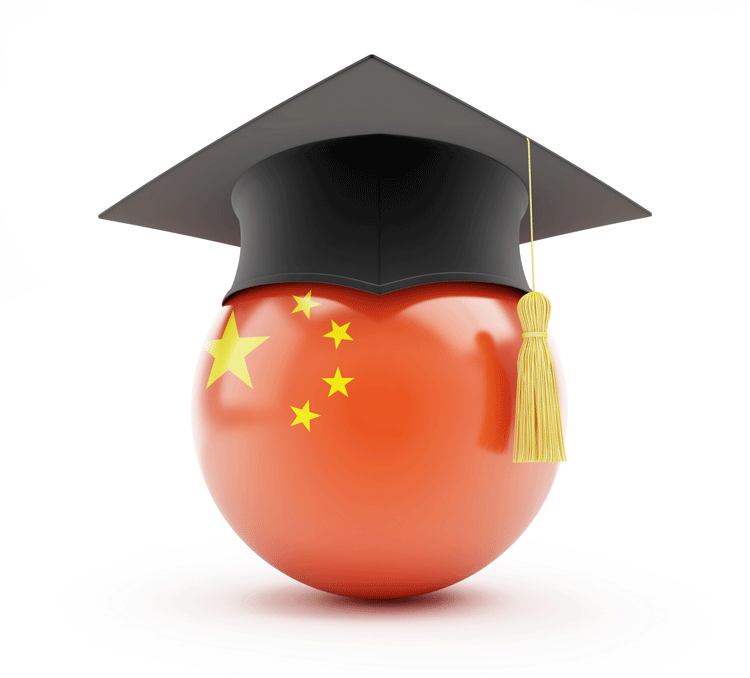 In order to successfully develop a globally-recognised brand, educational institutions often find the quickest route is to find an overseas partner. As is so often the case, though, the quickest route is not necessarily the easiest. In this article, Dr Ying Zhang, Rotterdam School of Management, Erasmus University (RSM), looks at how the partnership model has developed in China and outlines some of the difficulties of this process.
In order to successfully develop a globally-recognised brand, educational institutions often find the quickest route is to find an overseas partner. As is so often the case, though, the quickest route is not necessarily the easiest. In this article, Dr Ying Zhang, Rotterdam School of Management, Erasmus University (RSM), looks at how the partnership model has developed in China and outlines some of the difficulties of this process.
The concept of globalisation is certainly not new to China and has been demonstrated generally by China’s emergence as an economic superpower and specifically with the recent ‘one belt one road’ initiative, which has exemplified China’s determination to take a greater role in world affairs.
China’s astonishing economic growth has been a key factor in Chinese companies going global. A number of models, such as direct investment, mergers and acquisitions, greenfield investments and joint ventures, have long been available to Chinese enterprises looking to get a foothold in the international market and enhance their brand influence. Chinese companies increasing their local capacity and going global has been supported by more than three decades of economic and institutional policy development that has focussed on entrepreneurial growth.
Similar to Chinese companies, Chinese universities have followed a rapid growth path, and have had to employ a diverse range of development models along the way. But they differ in that universities have acted as the hub of China’s national innovation system, feeding into industry, and have connected stakeholders through multiple levels of education, be they undergraduate, graduate, doctorate, (executive) MBAs or other programmes.
 Three major factors have contributed towards helping Chinese universities to catch up with modern China: first is the focussed investment that they have received from central and local governments, as well as industry; second is China’s top-down, centralised leadership approach that makes for more efficient implementation of new ideas and policies; third is the strong connection that Chinese universities have with their local communities, particularly local industry. With the development of China and Chinese firms, higher education institutions have played an explicit and implicit role in generating and disseminating knowledge, while serving stakeholders and the local community.
Three major factors have contributed towards helping Chinese universities to catch up with modern China: first is the focussed investment that they have received from central and local governments, as well as industry; second is China’s top-down, centralised leadership approach that makes for more efficient implementation of new ideas and policies; third is the strong connection that Chinese universities have with their local communities, particularly local industry. With the development of China and Chinese firms, higher education institutions have played an explicit and implicit role in generating and disseminating knowledge, while serving stakeholders and the local community.
However, in comparison to foreign universities, Chinese universities have had less freedom to adapt their own development models. A top-down approach may be efficient in many ways, but it has prevented universities from being able to effectively evolve and meet the needs of the market, as they have had to follow the central government’s development standards and rigid framework.
Current practices such as the promotion system for faculty and the Gaokao—the national university entrance exam—cannot be easily revised. For a university to try and build itself into an international brand is not an easy path, but it has spurred them into being more creative by closely collaborating with an expanded group of stakeholders including local governments, local industry, other universities, students and alumni. In this respect, the creative development of Chinese universities mirrors that of China as a whole.
The evolution of Chinese universities partnering with overseas counterparts has gone from small-scale, single-scope (research only) collaboration in the mid-1990s to large-scale, wide-scope (including research, education, and social outreach) collaboration today. The most recent modes of collaboration between foreign and Chinese universities has been open platform-based. The aim of this is to bring together Chinese and overseas universities, as well as industry players, and pool resources to help build a credible, global brand founded on the respective strengths of each stakeholder. A good example of this is the CEMS Global Alliance in Management Education that is founded on the cooperation between 29 universities/business schools, 71 multinational corporations and four non-governmental organisations across five continents. Partnerships at this level require a much higher understanding of cross-cultural management and the ability to implement globalisation and localisation strategies.
 However, despite the multitude of potential benefits, partners can be overwhelmed by the difficulties they encounter. Western partners often find it hard to figure out Chinese partner’s institutional strategies and implementation processes – for example they may struggle to comprehend the reaction of Chinese universities to China’s anti-corruption policy at the leadership level as well as their reaction to internationalisation policies.
However, despite the multitude of potential benefits, partners can be overwhelmed by the difficulties they encounter. Western partners often find it hard to figure out Chinese partner’s institutional strategies and implementation processes – for example they may struggle to comprehend the reaction of Chinese universities to China’s anti-corruption policy at the leadership level as well as their reaction to internationalisation policies.
Confusion and misunderstanding between parties has brought many potential collaborations to a premature ending. Language differences play a role, but differences in cognition and value systems are more likely reasons. Most misunderstandings occur during the post-contract phase, when Chinese universities often have different views from their Western counterparts on implementation processes and how to adapt to new circumstances, and this is sometimes interpreted by Western partners as a reluctance to commit, or even an intention to dissolve the partnership.
To solve these kind of problems fundamentally, partners on both sides need to surrender individualism and try to build collective cognition together. There needs to be a willingness to learn from each other and provide support to each other and find appropriate ways to communicate. Only by doing this will both sides bring maximum value to the partnership, and to all other stakeholders.
Rotterdam School of Management, Erasmus University (RSM) is a top-tier European business school, ranked among the top three for research. It provides ground-breaking research and education excellence in all aspects of management with a first-class range of bachelor, master, MBA, PhD and executive programmes. Dr Ying Zhang is a professor and Associate Dean for China Business and Relations at RSM. She is also one of 40 best business school professors worldwide under 40 years of age selected by Poets & Quants among academics from HBS, INSEAD, Yale, MIT Sloan, and LBS.


Recent Comments